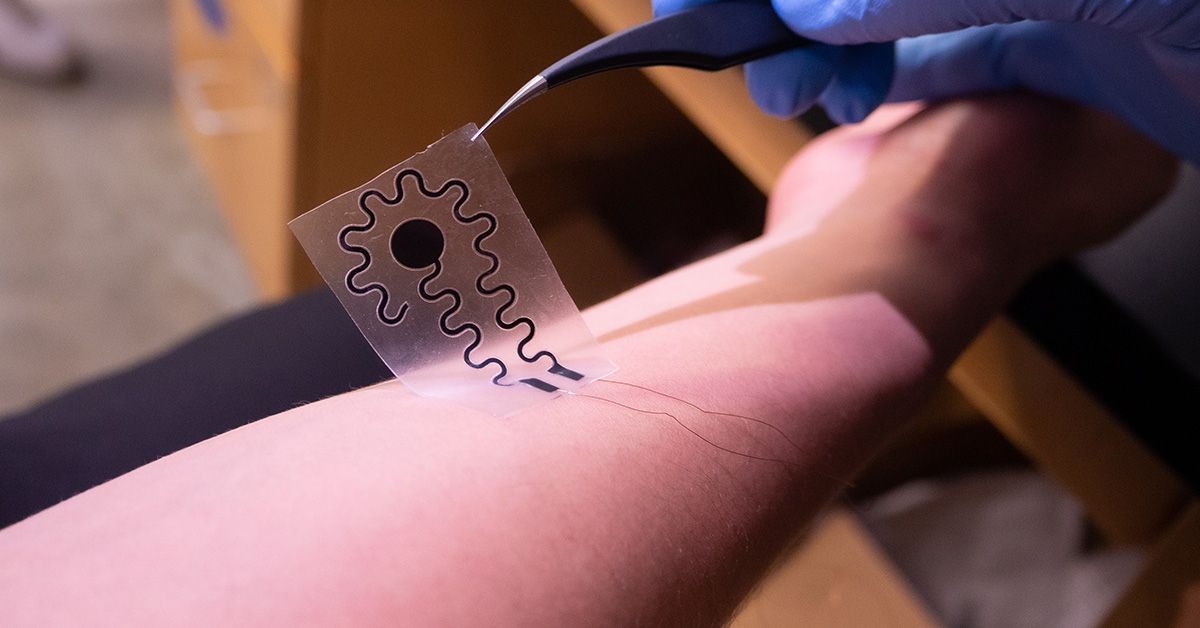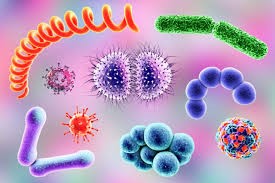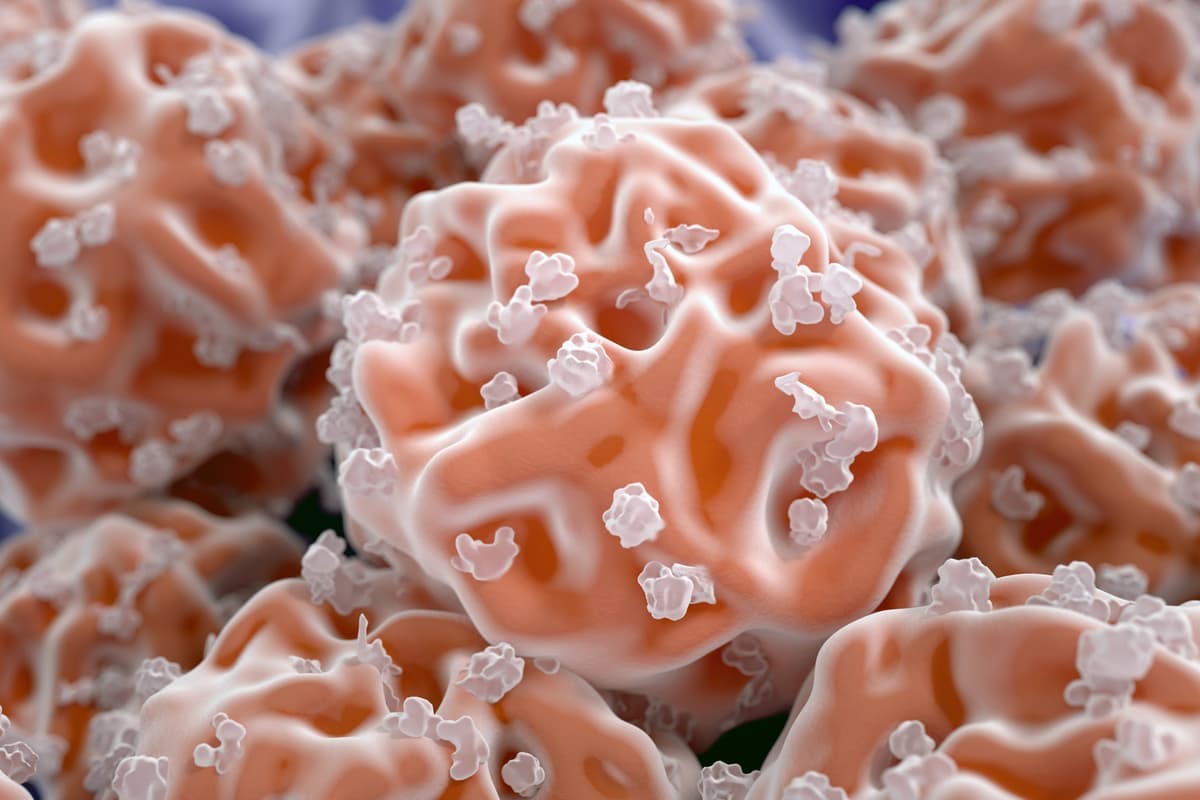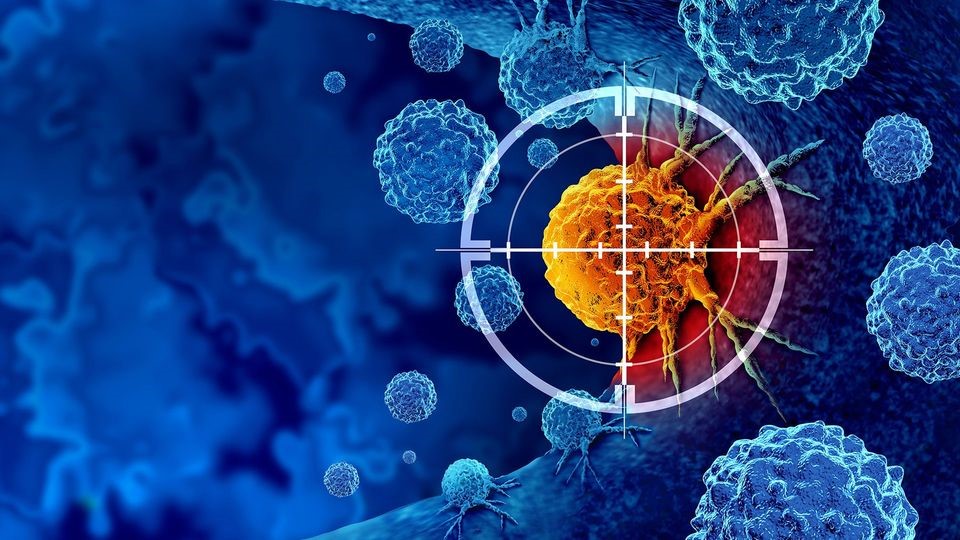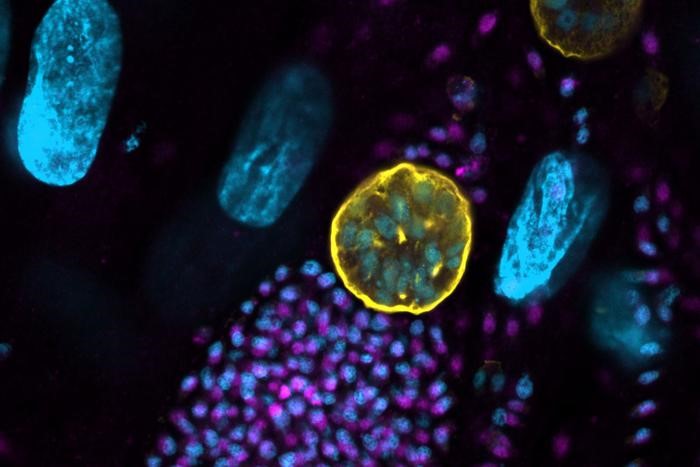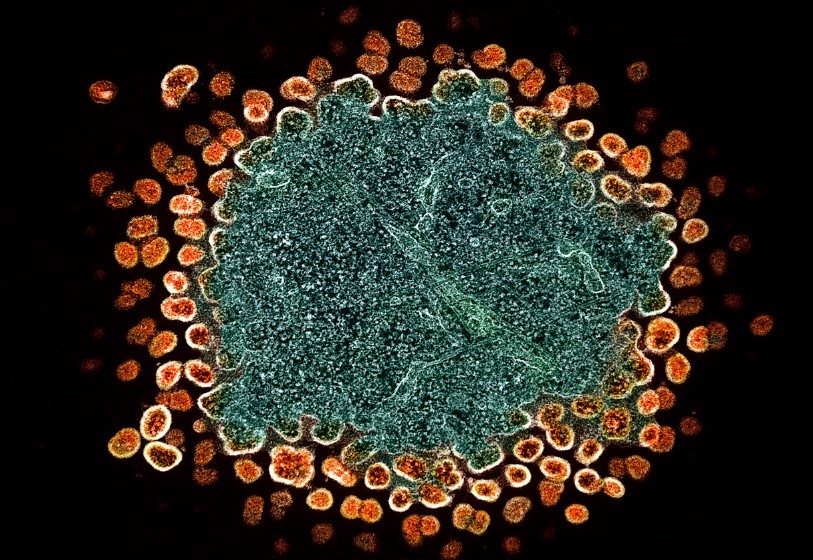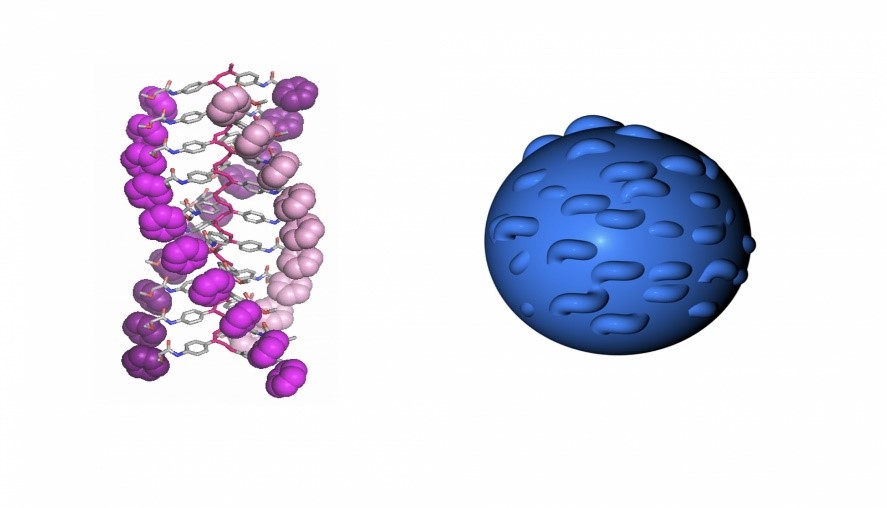Innovative Nanopillars Breach the Nuclei of Human Cells
Researchers have made a breakthrough by figuring out how to pierce the nucleus of a cell without damaging the surrounding structure—much like puncturing an egg yolk without breaking the shell or egg white. This development could have major implications for medical treatments.
The team at the University of San Diego achieved this by creating an array of nanopillars resembling a microscopic bed of blunt nails. When they placed various cells treated with a fluorescent dye on top of these pillars, they observed the results. The cells included heart muscle cells, skin cells, and fibroblasts, which play a key role in forming connective tissue.
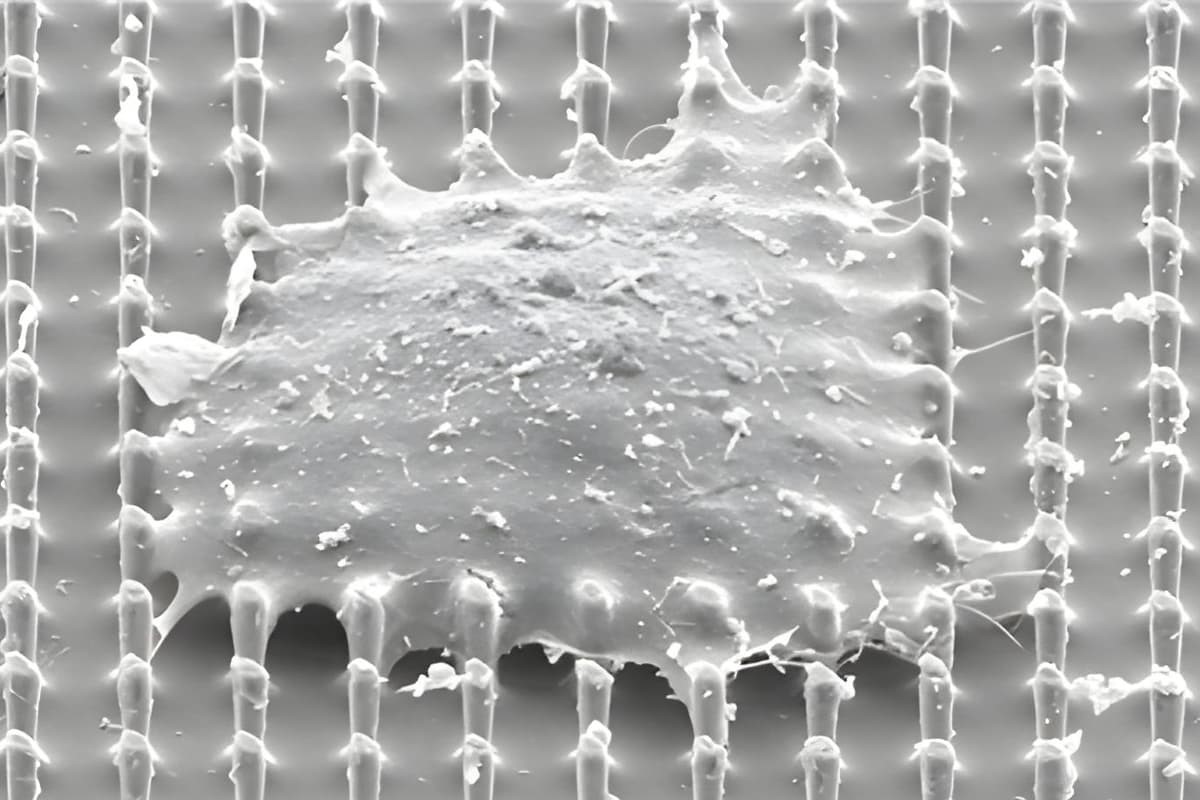
Figure 1. Scanning electron microscope image of a cell positioned on nanopillars
All of the cells settled around the nanopillars, causing their nuclei to bend and form small openings in the nuclear membrane, while leaving the outer cellular structure intact. This was confirmed by the movement of the fluorescent dye from the nucleus into the cytoplasm. Remarkably, the nuclear membrane's openings were self-healing, closing up once the cells were removed from the array. Figure 1 shows Scanning electron microscope image of a cell positioned on nanopillars.
"This is exciting because we can selectively create these tiny breaches in the nuclear membrane to access the nucleus directly, while leaving the rest of the cell intact," said Zeinab Jahed, senior author of the study.
Penetrating the nuclear membrane is no easy feat, as it serves as a tough barrier that shields our genetic material. Typically, only certain molecules or needles can breach this membrane, with needles posing the risk of damaging the entire cell. This new, non-destructive method of opening cellular nuclei has the potential to significantly advance gene therapy and enhance the delivery of drugs directly into the core of cells.
Jahed and her team are now delving deeper into their findings to understand the underlying mechanics and how they might be used to improve medical treatments. “Understanding these details will be key to optimizing the platform for clinical use and ensuring that it is both safe and effective for delivering genetic material into the nucleus,” Jahed explained.
Source: UC San Diego
Cite this article:
Janani R (2024), Innovative Nanopillars Breach the Nuclei of Human Cells, AnaTechMaz,pp. 262


